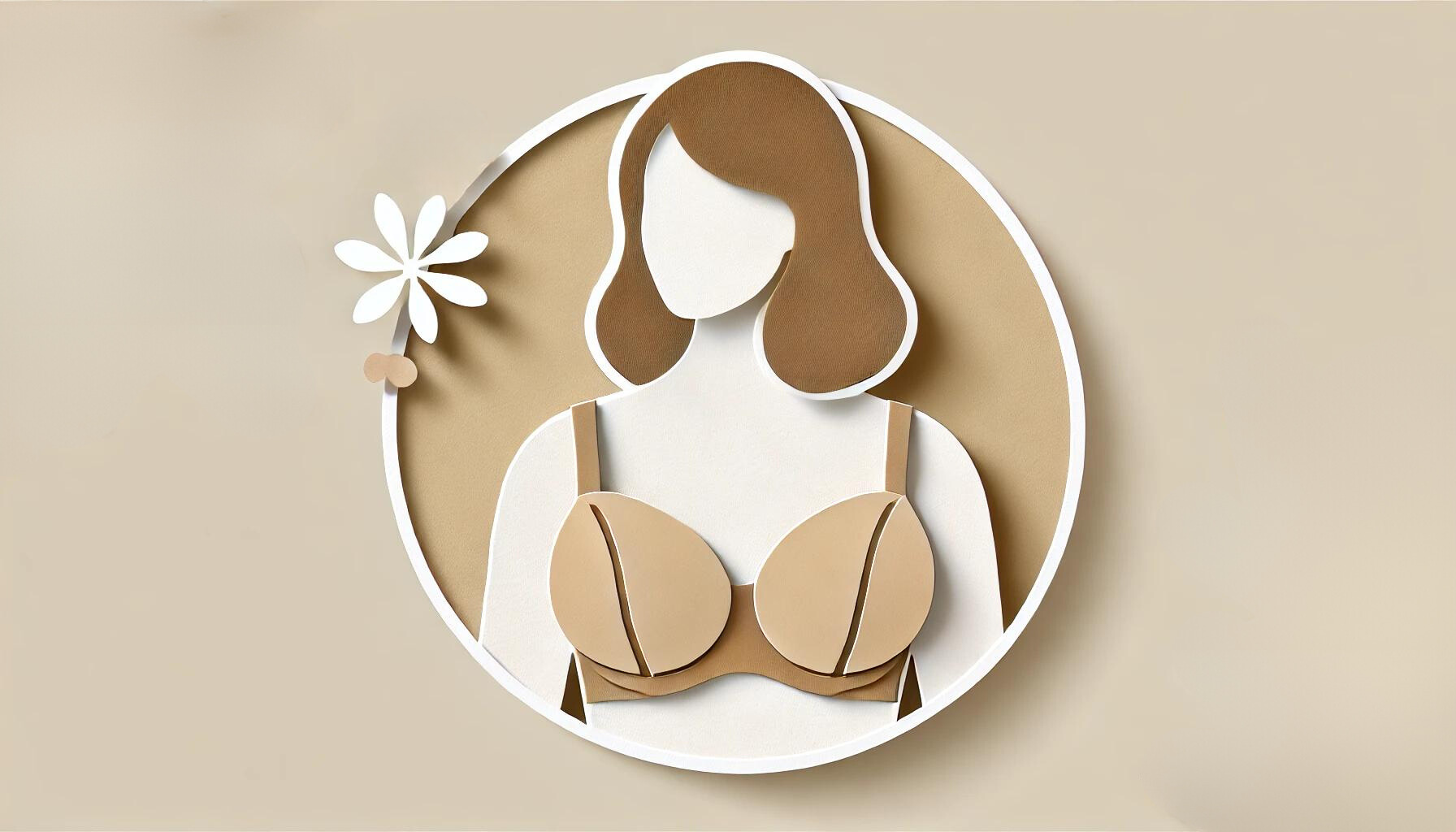
Surgery to remove a breast or both breasts to prevent or treat breast cancer, or after an injury can leave you feeling sad, anxious and you may even develop low self-esteem. If you find yourself in this situation, you can choose to have reconstructive breast surgery. There are different breast augmentation choices in Sydney so it is important to talk to a specialist plastic surgeon.
Breast Reconstruction Options
After consulting a specialist plastic surgeon, you may have the choice between having breast implants or of using autologous tissue from another part of your body. Or your surgeon may opt to use a mix of both techniques.
Breast Reconstruction using Implants
You may be able to have breast implants at the time of your mastectomy but it is usually a two-step process.
First, it involves inserting a tissue expander to create space to insert a breast implant at a later time. A tissue expander is usually put in place during the mastectomy and is an empty breast implant that has liquid injected into it over about six weeks. You will need to regularly visit your surgeon’s office for them to add liquid using a small needle. Its purpose is to gradually stretch the skin. Once you are ready, your surgeon will use the same incision to replace the tissue extender with a permanent breast implant.
Advantages of breast implants include:
- A relatively simple operation.
- A short hospital stay.
- A quicker breast reconstruction recovery compared to an autologous reconstruction.
- Scarring is only usually around the breast area,
Disadvantages of breast implants include:
- Not feeling as natural as an autologous reconstruction.
- If you are only having one implant, it can be difficult to match the shape of the remaining breast.
- Gaining or losing weight means that the implant does not change size to match your other breast.
- The possibility of scar tissue forming around the breast implant.
Autologous Breast Reconstruction
An autologous breast reconstruction uses tissue from other parts of your body. Whether your specialist plastic surgeon recommends this type of breast reconstruction Sydney or not depends on your health, personal preferences, body shape and any previous surgery; for example, abdominal surgery.
There are different types of autologous breast reconstruction, including:
- Transverse Rectus Abdominis Muscle Flap. A transverse rectus abdominis muscle (TRAM) flap is fat, skin and muscle along with blood vessels taken from the abdomen. The surgeon attaches the flap to the blood vessels under the arm and reshapes it into a breast. The TRAM flap gives the new breast a more natural look and feel than an implant.
- Deep Inferior Epigastric Perforators Flap. A deep inferior epigastric perforators (DIEP) flap involves removing skin, fat and blood vessels from the lower abdominal area to reconstruct a breast. The DIEP flap does not use muscle like the TRAM so the recovery time is quicker and there is less risk of complications.
- Superficial Inferior Epigastric Artery Flap. A superficial inferior epigastric artery (SIEA) flap also uses the fat and skin from the abdomen but uses different blood vessels. The SIEA flap technique is not suitable if you do not have the blood vessels available in the area or they are not adequate.
- Latissimus Dorsi Flap.A Latissimus dorsi flap is fat, muscle and skin taken from your upper back to reconstruct your breasts. However, it is likely the flap will need an implant to fill it out.
If you have had major abdominal surgery in the past or do not want to use this area to reconstruct your breasts, your surgeon can take flaps from your buttocks or thighs. These are free flaps and often need an implant to give your new breasts volume. There are four types of flaps:
- IGAP Flap.The IGAP flap comes from the lower part of the buttocks and contains blood vessels, fat and skin.
- SGAP Flap.An SGAP flap comes from the upper part of the buttocks and contains different blood vessels to the IGAP flap as well as fat and skin.
- PAP Flap.The PAP flap comes from the upper thigh and contains blood vessels, fat and skin.
- TUG Flap.The TUG flap comes from inner thigh and has fat and skin with blood vessels attached.
Advantages of an autologous breast reconstruction include:
- Breasts that look more natural.
- Your breasts feel soft compared to implants.
- When your body loses or gains weight so will your breasts.
Disadvantages of an autologous breast reconstruction include:
- Surgery takes longer and so does recovery.
- There will be scars on other parts of your body where the surgeon removed the tissue to reconstruct your breasts.
- The flap tissue could die if there is not a good blood supply and, if this occurs, you will need an operation to have it removed.
Reconstructing the Nipple
The last part of the process is reconstructing the nipple. You should wait at least three months to have this procedure to give your breasts time to settle into their new natural position. Also, this gives you time to heal well.
Normally, your surgeon will construct the nipple by cutting small flaps from the reconstructed breast or from the abdominal scar to shape it into a nipple. There will be no feeling in the nipple and, after a few months, the surgeon will create the areola using tattoo ink.
If you do not want to have a nipple surgically reconstructed, you can opt for a realistic 3D tattoo of a nipple and areola.
Do you dream of having a breast reconstruction after surviving cancer or an injury? Make an appointment today with Dr Sepehr Lajevardi at Pure Aesthetics to find out if this procedure is right for you.




